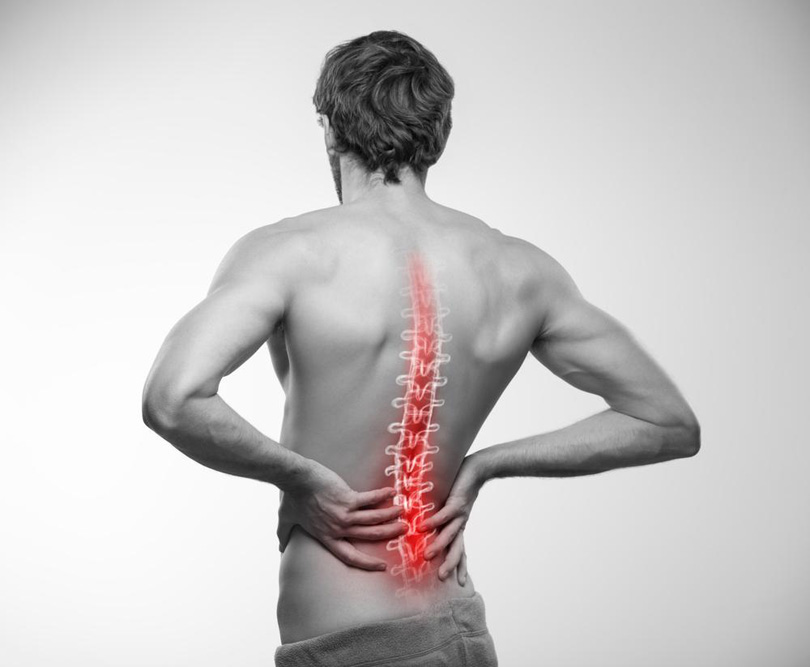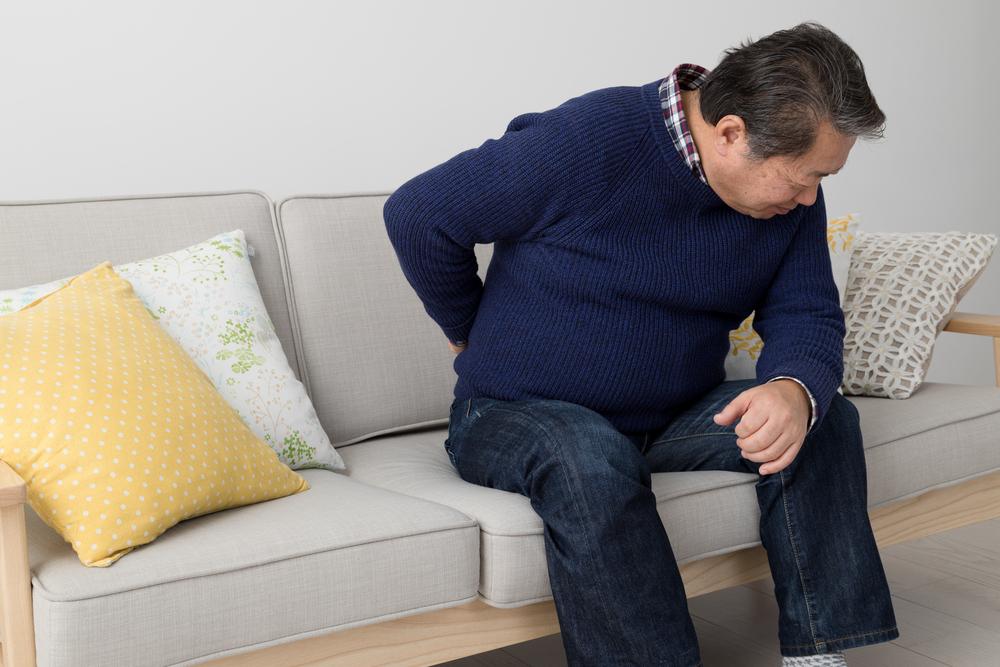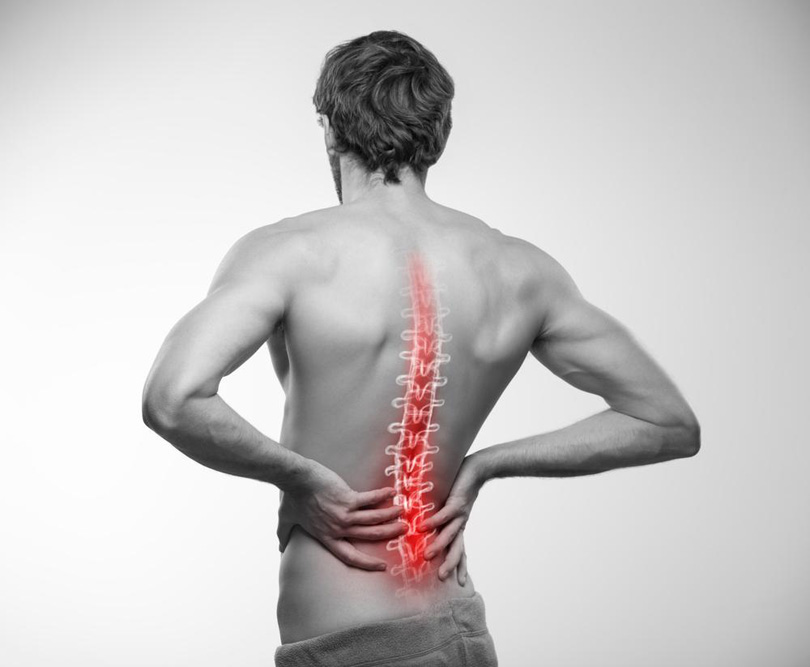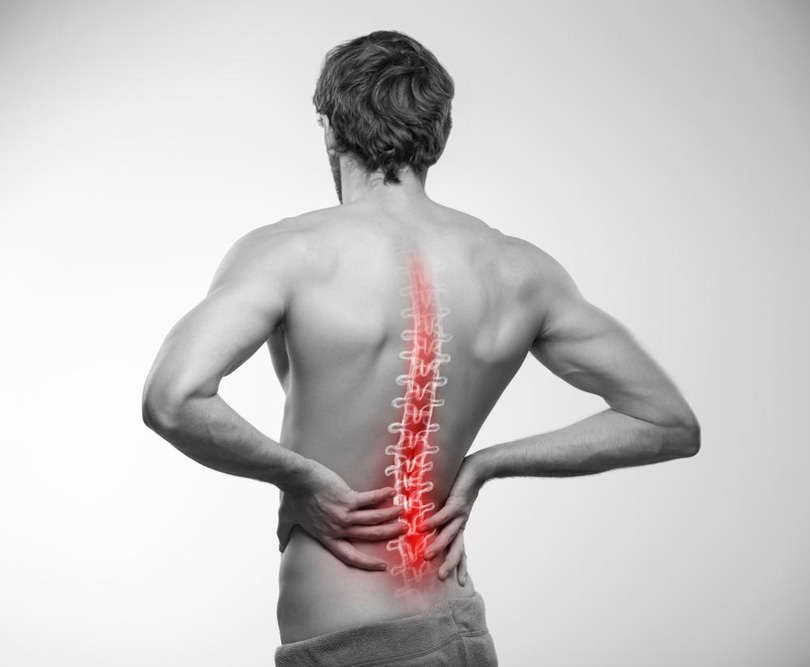Differentiating Between Lower Back Discomfort and Kidney Ache
Learn to distinguish between lower back pain and kidney discomfort with key symptoms, causes, and when to seek medical help. Early diagnosis can prevent serious health issues like infections or kidney stones. Consult a healthcare professional if pain persists or worsens.

Understanding the Difference Between Back Discomfort and Kidney Ache
The kidneys sit just above the pelvic bones on each side of your lower back. Discomfort originating from this area is often mistaken for general back pain. However, kidney pain has distinct features that set it apart. It typically causes pain on one or both sides above the pelvis, possibly radiating to the groin. Accompanying symptoms may include nausea, vomiting, fever, frequent urination with cloudy or bloody urine, and absence of external swelling. In contrast, lower back pain is usually dull, localized, and may shift with movement, often without fever or systemic symptoms.
Kidney pain typically stems from infections causing inflammation, kidney stones blocking the ureter, or conditions like polycystic kidney disease. Back pain can result from muscle strain, injury, stress, or serious conditions such as spinal fractures, osteoporosis, or tumors. During pregnancy, many women experience lower back discomfort.
Advice: Mild back pain often resolves on its own, but persistent pain should be evaluated by a doctor. If pain lasts over a week or is accompanied by symptoms like fever or urinary changes, seek medical attention promptly. Early diagnosis and treatment of kidney infections or stones can prevent complications and invasive procedures.
Note:
Our blog provides diverse, practical information based on thorough research. Nonetheless, it is not a substitute for professional medical advice. For any persistent or severe pain, consult a healthcare provider to determine the cause and appropriate treatment. Delaying medical evaluation may lead to complications. Stay informed and seek timely care for optimal health outcomes.










